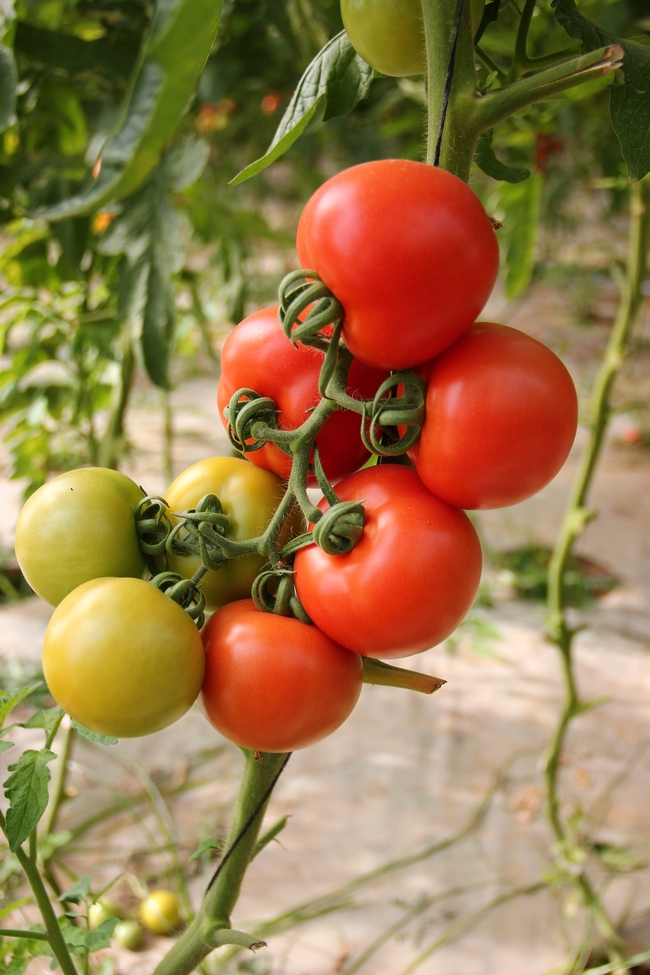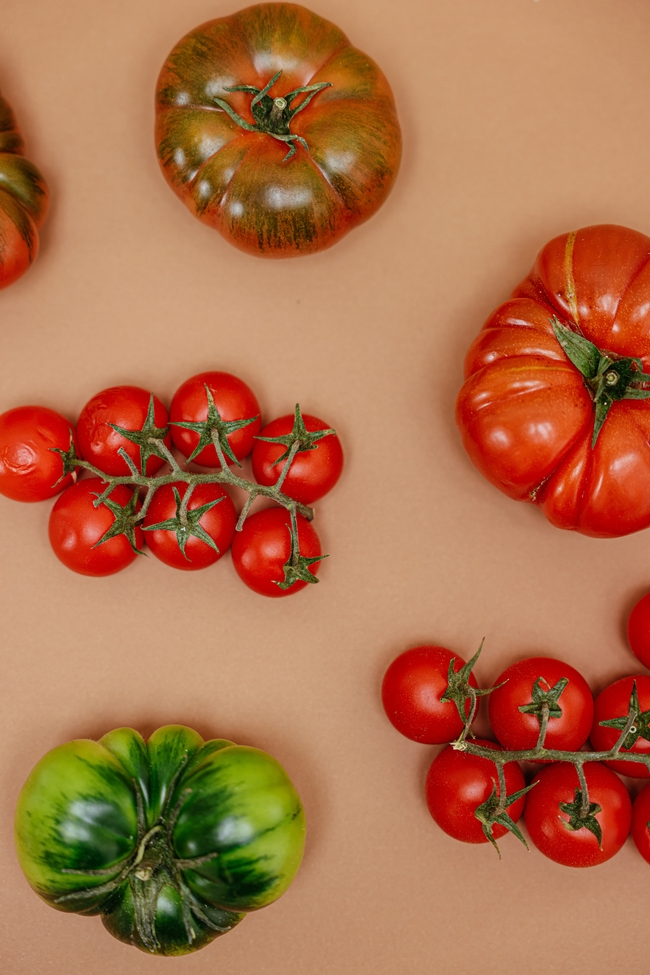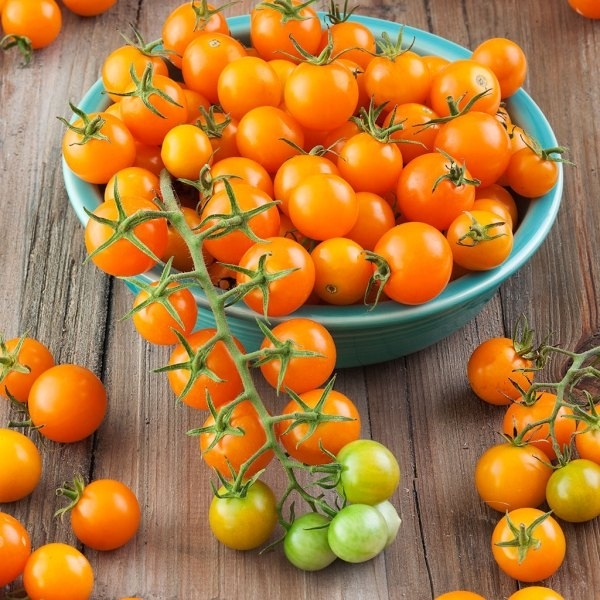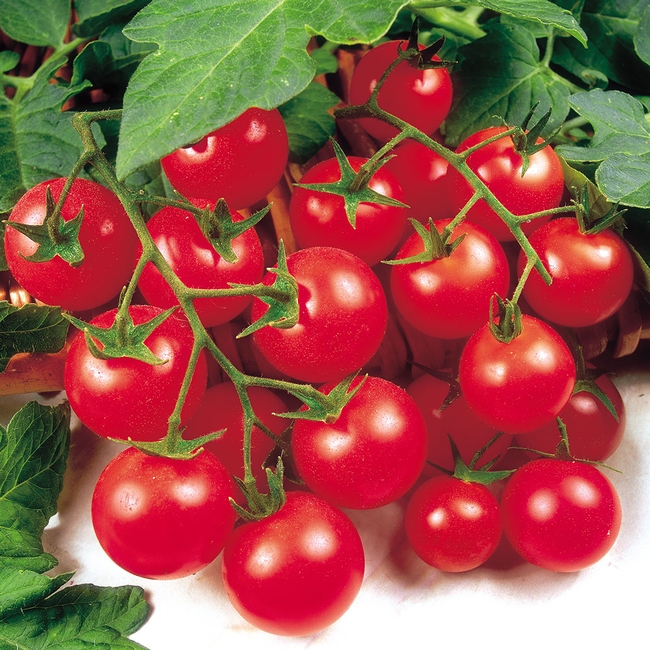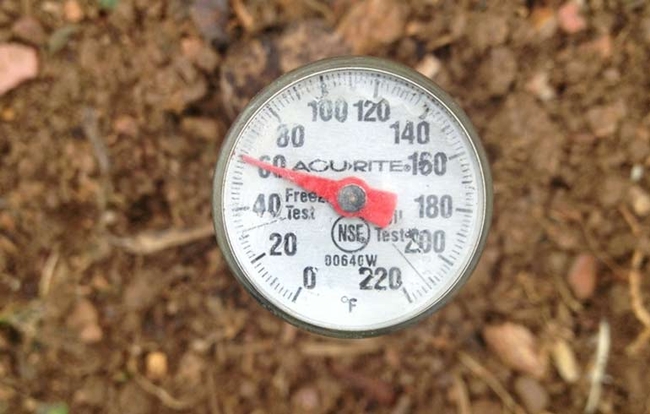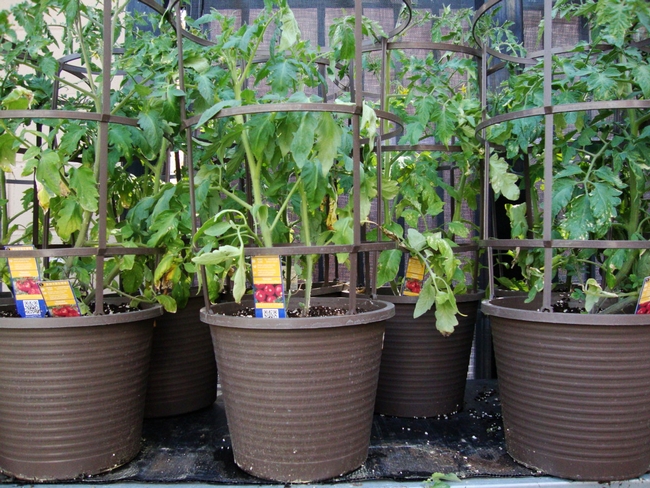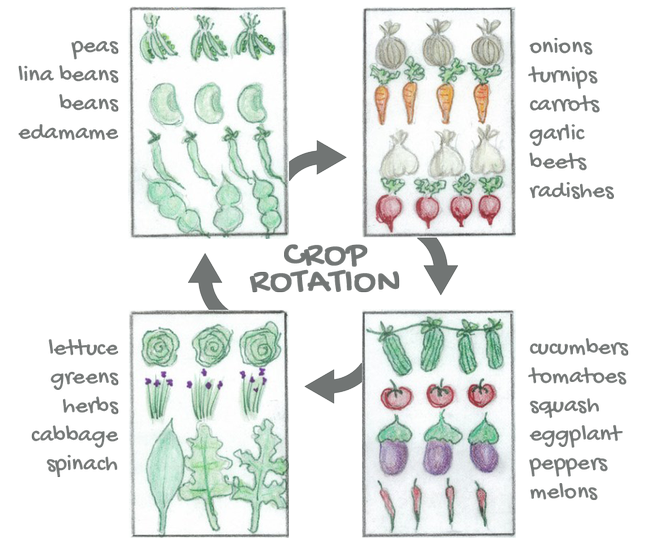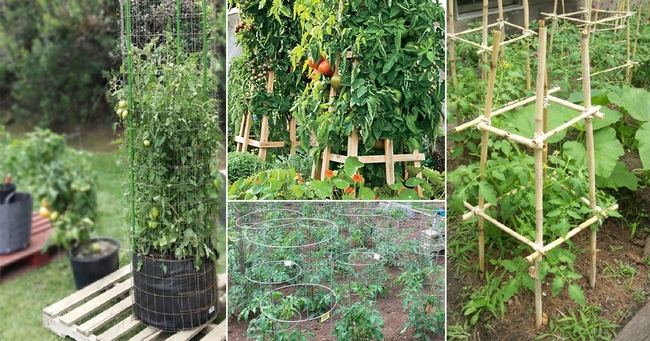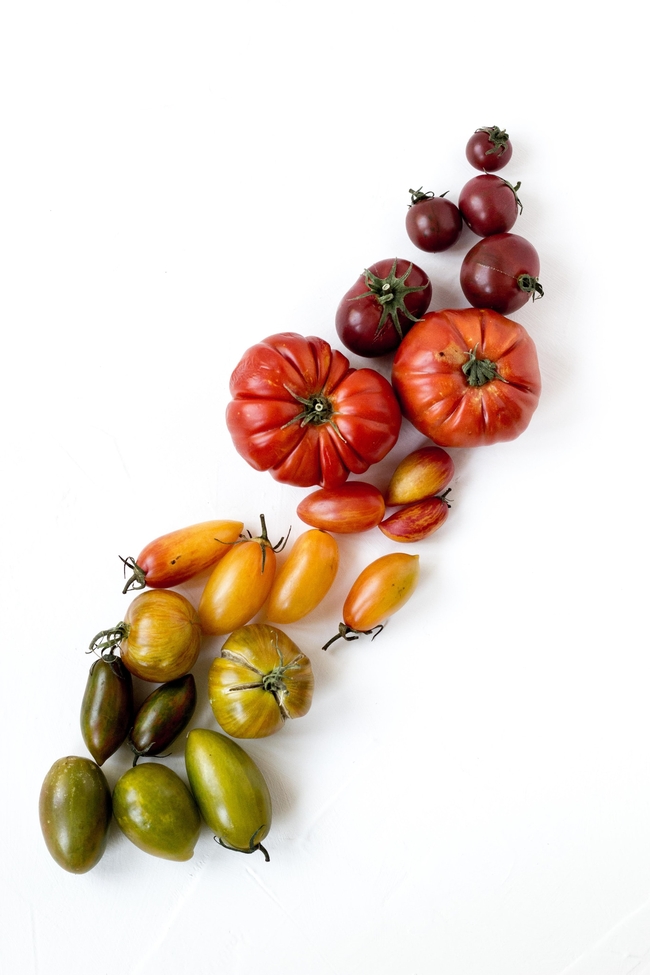By Cindy Watter, UC Master Gardener of Napa County
The crown jewel of summer's edible garden is the tomato. It really is jewel-like, with so many brilliant hues. It has just as many flavors, too. Whether you crave the sugar-sweet pop of a tiny cherry tomato or the meaty, rich succulence of a fat beefsteak tomato, there is a variety to suit every taste.
Master Gardeners are always present to help you with your selection and give advice about successful tomato growing. See the link to reach us below.
The Master Gardeners ask for customer feedback every year. Which tomatoes did well for you? Which varieties were the tastiest? We use this feedback to decide which seeds to plant for the following year's sale. Visit our Facebook page and tell us all about them. https://www.facebook.com/NapaMG
Or send a photo to our Instagram page. https://www.instagram.com/ucmastergardenersnapaco/
Sun Gold is on the way to becoming the most popular tomato of all time. Its taste is a perfect balance of sweet and tart, and its deep yellow color with a hint of orange is attractive in the salad bowl, if it ever gets there. Most people eat this cherry tomato straight off the bush. It is resistant to pests, too.
Bodacious is a perfect name for a new Burpee variety described as "gorgeous, prolific and disease resistant." It is red, round and large—10 ounces and up—with "heirloom aroma" and an excellent balance of sweet and tart flavors. This is the perfect tomato for your sandwich.
Another first timer for the sale is Gardener's Delight, and it is. This bright red cherry tomato is a German heirloom, sweet and prolific. It will bear fruit all summer long.
It is tempting to plant your tomatoes the minute you take them home, especially if it is a sunny day, but be careful. Tomatoes need warm soil, and Napa can have cold nights well into spring. Remember that your plant has spent its life in a greenhouse. Before planting, put your seedlings outside for a few hours each day to get them used to outdoor light and temperatures.
Plant them when the soil is at least 60°F. Pick a place that gets sun for at least six hours a day. Whether you plant your tomatoes in a container, in a raised bed or in the ground, the soil should be moist to a depth of one foot. You want your tomato seedling to spread its roots and form a good base. Adding compost will improve soil texture, so the plant can easily access water and nutrients through its roots. As a result, you won't need to water as often.
Napa County Master Gardener Jill Pahl suggests planting the tomato slightly sideways, with only the top third of the plant above ground. Every single hair on the tomato stem will form a root if the stem is buried, and that will produce a stronger plant. Remove any flowers before planting. You want the energy to go into forming roots, not fruits, right now.
Mulch around the tomato plant to retain soil moisture. Some gardeners grow peppers and basil alongside tomatoes. Their leaves can shelter the tomatoes and keep them from getting scorched in a heat wave.
Napa County Master Gardener Rich Bruhns plants dozens of tomatoes in containers every year, and his yield is legendary. He makes sure his containers are at least 18" or more deep, uses good potting soil with some nutrients in it and gets new soil each year. he also waters by drip. The size of the container, the bigger the better, and consistent watering is very important when growing in containers. A light potting mix is important for drainage but the plant needs some nutrient too, but not too much. Keep in mind what is in the pot is all the plant has access to get all they need to grow good tomatoes. Once he has his set-up ready, he plants the tomato plant, waters and waits.
Tomatoes do need some nutrients; just follow fertilizer package directions and don't overdo it. If you are worried about deficiencies in your soil, send a soil sample to a lab for an analysis or do a home test kit yourself. The UC Masters Gardener office has a list of suitable labs and home kit are available at local nurseries and garden centers.
Avoid planting tomatoes in the same plot you used last year. When you rotate crops, you discourage diseases and parasites from getting established in your soil. Crop rotation also keeps plants from depriving soil of the same nutrients every year. Consider planting fava beans next fall to restore nitrogen to the soil and to keep your soil loose. Soil gets compacted when left bare.
Tomato plants need support. Put a frame or tomato cage around them the same day you plant them. Don't wait until they are falling over. Determinate tomatoes won't get any bigger after they set flowers. Indeterminate varieties keep growing and producing all summer and into the fall, and the vines will get quite large.
I have used the same Eiffel tower-shaped support for years. You can also make a support with thick dowels and gardener's tape, or even old rags tied to sticks. You can be creative here.
When flowers appear, you can shake them gently to aid pollination. I first heard about this technique a couple of years ago, and it worked. Bonus: it costs nothing.
We are looking at another dry summer. It is time to be miserly with water. Although tomatoes need more water when young, as they get established, they need less. Master Gardener Pat Hitchcock suggests slow, deep irrigation, with as much as a week between irrigation runs.
“I stop watering completely late in summer to save on water,” says Hitchcock. By then the plants have set all the fruits they can ripen by autumn anyway.
Nothing is as delicious as a freshly picked tomato warm from the sun. Enjoy your tomato plants and contact us for help with your tomato garden questions.
Got Garden Questions? Contact our Help Desk. The team is working remotely so please submit your questions through our diagnosis form, sending any photos to mastergardeners@countyofnapa.org or leave a detailed message at 707- 253-4143. A Master Gardener will get back to you by phone or email.
For more information visit https://napamg.ucanr.edu or find us on Facebook or Instagram, UC Master Gardeners of Napa
